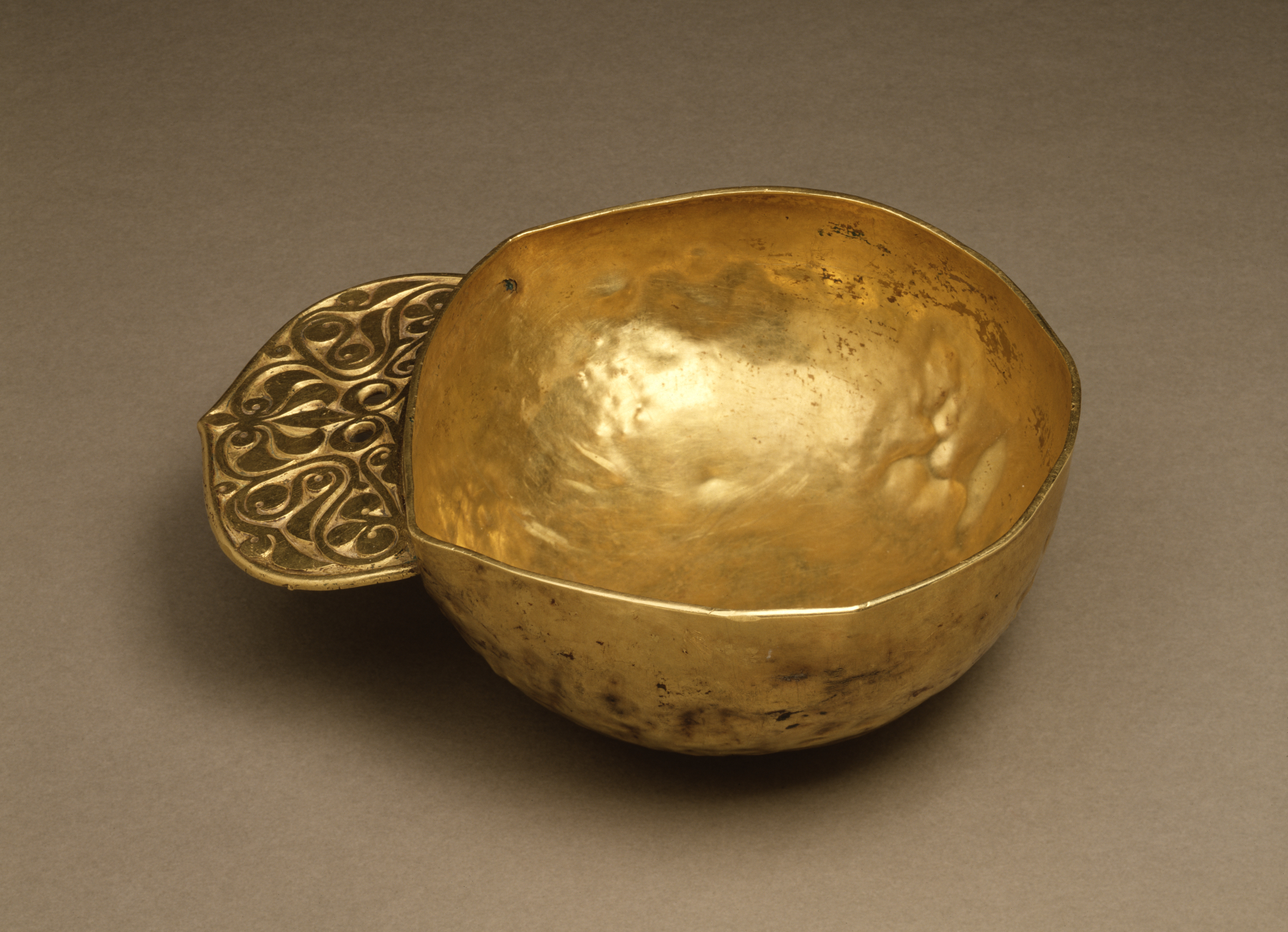|
European Avars
Eurasian Avars may refer to: * Avars (Caucasus), a people from the North East Caucasus ** Avar Khanate, Caucasus * Pannonian Avars, a nomadic people who lived on the Eurasian Steppes, before settling in Central Europe ** Avar Khaganate, Central Europe * ahir Ahir or Aheer are a community of traditionally non-elite pastoralists in India, most members of which identify as being of the Indian Yadav community because they consider the two terms to be synonymous. The Ahirs are variously described as a ..., northern India See also * Avars (other) {{disambiguation ... [...More Info...] [...Related Items...] OR: [Wikipedia] [Google] [Baidu] |
Avars (Caucasus)
The Avars, also known as ''Maharuls'' ( Avar: , , "mountaineers") are a Northeast Caucasian ethnic group. The Avars are the largest of several ethnic groups living in the Russian republic of Dagestan. The Avars reside in the North Caucasus between the Black Sea and the Caspian Sea. Alongside other ethnic groups in the North Caucasus region, the Avars live in ancient villages located approximately 2,000 m above sea level. The Avar language spoken by the Caucasian Avars belongs to the family of Northeast Caucasian languages. Sunni Islam has been the prevailing religion of the Avars since the 13th century. Ethnonyms According to 19th-century Russian historians, the Avars' neighbors usually referred to them as Tavlins (''tavlintsy''). This is an exonym. Vasily Potto wrote that those to the south usually knew them as Tavlins (''tavlintsy''). Potto wrote, "The words in different languages have the same meaning... fmountain dwellers rhighlanders."''В. А. Потто.'Кавка ... [...More Info...] [...Related Items...] OR: [Wikipedia] [Google] [Baidu] |
Avar Khanate
The Avar Khanate, the Avar Nutsaldom ( av, Avar Nutsallhi; russian: Аварское ханство), also known as Khundzia or Avaria, was a long-lived Avar state, which controlled mountainous parts of Dagestan (in the North Caucasus) from the early 13th century to the 19th century. History Between the 5th and 12th centuries, Georgian Orthodox Christianity was introduced to the Avar valleys. The fall of the Christian Kingdom of Sarir in the early 12th century and later weakening of neighbouring Georgians by the Mongol invasions, who made their first appearance in the Caucasus with approximately 20,000 warriors led by Subutai and Jebe, terminated further Christian Georgian presence in this area. In fact, numerous traces of Christianity (crosses, chapels) are found within the Avar territory and it is now assumed that Christianity, penetrating from Georgia, survived among the Avars down to the 14th-15th centuries. After ravaging Georgia, the Mongols cut across the Caucasus Mount ... [...More Info...] [...Related Items...] OR: [Wikipedia] [Google] [Baidu] |
Pannonian Avars
The Pannonian Avars () were an alliance of several groups of Eurasian nomads of various origins. The peoples were also known as the Obri in chronicles of Rus, the Abaroi or Varchonitai ( el, Βαρχονίτες, Varchonítes), or Pseudo-Avars in Byzantine sources, and the Apar ( otk, 𐰯𐰺) to the Göktürks (). They established the Avar Khaganate, which spanned the Pannonian Basin and considerable areas of Central and Eastern Europe from the late 6th to the early 9th century. The name Pannonian Avars (after the area in which they settled) is used to distinguish them from the Avars of the Caucasus, a separate people with whom the Pannonian Avars might or might not have had links. Although the name ''Avar'' first appeared in the mid-5th century, the Pannonian Avars entered the historical scene in the mid-6th century, on the Pontic–Caspian steppe as a people who wished to escape the rule of the Göktürks. They are probably best known for their invasions and destruction in ... [...More Info...] [...Related Items...] OR: [Wikipedia] [Google] [Baidu] |
Avar Khaganate
The Pannonian Avars () were an alliance of several groups of Eurasian nomads of various origins. The peoples were also known as the Obri in chronicles of Rus, the Abaroi or Varchonitai ( el, Βαρχονίτες, Varchonítes), or Pseudo-Avars in Byzantine sources, and the Apar ( otk, 𐰯𐰺) to the Göktürks (). They established the Avar Khaganate, which spanned the Pannonian Basin and considerable areas of Central and Eastern Europe from the late 6th to the early 9th century. The name Pannonian Avars (after the area in which they settled) is used to distinguish them from the Avars of the Caucasus, a separate people with whom the Pannonian Avars might or might not have had links. Although the name ''Avar'' first appeared in the mid-5th century, the Pannonian Avars entered the historical scene in the mid-6th century, on the Pontic–Caspian steppe as a people who wished to escape the rule of the Göktürks. They are probably best known for their invasions and destruction in ... [...More Info...] [...Related Items...] OR: [Wikipedia] [Google] [Baidu] |
Ahir
Ahir or Aheer are a community of traditionally non-elite pastoralists in India, most members of which identify as being of the Indian Yadav community because they consider the two terms to be synonymous. The Ahirs are variously described as a caste, a clan, a community, a race and a tribe. The traditional occupations of Ahirs are cattle-herding and agriculture. Since late 19th century to early 20th century, Ahirs have adopted ''Yadav'' word for their community and have claimed descent from the mythological king Yadu as a part of a movement of social and political resurgence Quote: "The movement, which had a wide interregional spread, attempted to submerge regional names such as Goala, Ahir, Ahar, Gopa, etc., in favour of the generic term Yadava (Rao 1979). Hence a number of pastoralist castes were subsumed under Yadava, in accordance with decisions taken by the regional and national level caste sabhas. The Yadavas became the first among the shudras to gain the right to wear ... [...More Info...] [...Related Items...] OR: [Wikipedia] [Google] [Baidu] |



